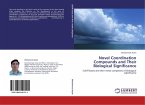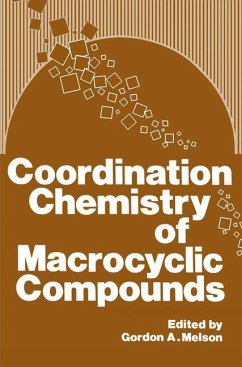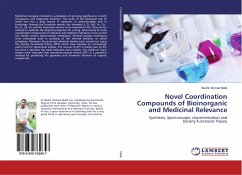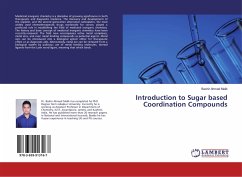Scientific Study from the year 2018 in the subject Chemistry - Anorganic Chemistry, grade: 10, , language: English, abstract: Nanoscience is the study of phenomena exhibited by materials at atomic, molecular and macromolecular levels, of dimensions ranging from a few nanometres to less than a hundred nanometres. In chemistry, this size range has been associated with colloids, micelles, polymer molecules and similar structures. In physical and electrical engineering, nanoscience is often associated with quantum behaviour, and electron behaviour in nanoscale structures.The area of research in the field of nanotechnology is as diverse as physics, chemistry, material science, microbiology, biochemistry and also molecular biology. The interface of nanotechnology in combination with biotechnology and biomedical engineering has emerged with the use of nanoscale structures in diagnosis, gene sequencing, and drug delivery. Nanoparticles have attracted great interest in recent years because of their unique chemical and physical properties, which are different from those of either the bulk materials or single atoms. Nanostructure materials have potential applications in ceramics, optoelectronics and catalysis.Research on the synthesis of nanomaterials using metal complexes as precursors have been less reported. Application of metal complexes as precursors may be helpful to control the physical properties of metal nanoparticles. In the last few years, researchers have characterized the tunable properties by altering the nanostructure size, shape, and chemical composition and have developed reproducible strategies to make nanostructures of desired properties. It has been already proved that by controlling the size of the particle and manipulating surface structures of the semiconductor materials, the electronic, magnetic, mechanical, and chemical properties can be modified to suit a wide range of device application in many fields. The present book deals with the synthesis of Schiff base complexes of Cd(II), Zn(II) and Hg(II) with different sulphur containing ligand and preparation of metal sulphide nanoparticle by the thermal decomposition of complex precursor. During this academic journey four new sulphur containing ligands and their thirty complexes were synthesized. These ligands and complexes were characterized by spectroscopic methods like UV-Vis, FT-IR, 1H-NMR, 13C-NMR, 2D-NMR, FAB-MS / ESI-Ms spectra.
Hinweis: Dieser Artikel kann nur an eine deutsche Lieferadresse ausgeliefert werden.
Hinweis: Dieser Artikel kann nur an eine deutsche Lieferadresse ausgeliefert werden.








